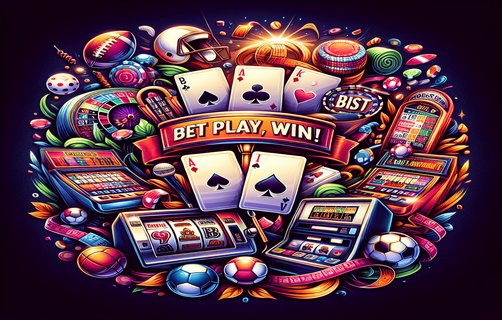The Art of Strategic Betting: Analyzing Poker Techniques and Their Impact on Success

In the world of gambling and competitive play, especially poker, various techniques and strategies can significantly influence the outcome of games. Understanding these methods not only enhances a player's performance but also guides them through the complexities of modern poker. This analysis explores several critical components: poker bluffing, fixed jackpots, win multipliers, bubble play in poker, ladder betting, reading the board, and short-handed play, comparing their effectiveness in cultivating successful outcomes.
Poker Bluffing is arguably one of the most intricate skills in a poker player's toolkit. The essence of bluffing lies in deceiving opponents into believing a player has a stronger hand than they actually possess. This psychological game can yield high rewards, as effectively executed bluffs can lead to substantial pot winnings without the need for a dominant hand. However, it requires a keen understanding of opponents, their tendencies, and the game dynamics—a technique that often separates novice players from the professionals.

In contrast, fixed jackpots present a different facet of betting strategies. These jackpots offer predictable returns and can significantly affect a player's risk appetite and decision-making process. Fixed jackpots can lure players into believing they have a more competitive edge, leading to overconfidence and potential losses. While the allure of a guaranteed payout is strong, it often lacks the excitement and psychological edge of games relying on bluffing and strategy, making it less appealing to high-stakes players.
Win multipliers also introduce an intriguing dynamic to poker games, increasing the potential winnings based on certain performance metrics. This betting method incentivizes players to elevate their game, pushing them to take calculated risks to maximize their returns. Win multipliers can reinvigorate interest in a game by adding layers of strategic planning and foresight, bridging a player’s capacity for bluffing with tangible rewards for skillful play.
Similarly, bubble play in poker is another strategic element that highlights the importance of timing and adaptability. The bubble stage occurs when the next player to be eliminated will leave the tournament without any prize. This creates scenarios in which players may become overly cautious or excessively aggressive, impacting their play patterns. Recognizing the bubble and strategizing accordingly can decisively shape the outcome of a tournament, showcasing adaptability as a hallmark of successful play.
In terms of betting structure, ladder betting stands out as a strategy employing incremental wagers based on success within the game. Players often begin with small bets and progressively increase stakes reflecting their confidence and prior success. This method mirrors the learning curve in poker where players adjust their strategies and wagering behavior dynamically, though it can also lead to reckless betting if not managed properly.
Another critical skill is reading the board, which refers to the ability to interpret revealed cards to gauge opponents' potential hands. This skill requires a blend of statistical analysis and psychological insight, allowing players to craft well-informed strategies. Unlike bluffing which involves projecting information, reading the board is more about absorbing it, creating a holistic understanding of the current game state. Mastery in this area parallels the other techniques discussed, often functioning well in concert with them.
Lastly, short-handed play involves competitions with fewer players at the table, thereby intensifying the game's strategic components. Players must adapt quickly, often resulting in more aggressive and risk-taking behaviors. The shift in dynamics provides a playground for proficient bluffers and skilled board readers, as the limited number of opponents translates to the need for heightened awareness and adaptability.
In conclusion, while each of these strategies—bluffing, fixed jackpots, win multipliers, bubble play, ladder betting, reading the board, and short-handed play—contributes valuable insights for aspiring poker players, their efficacy varies significantly based on individual skill sets and play styles. Successful players synthesize these techniques, enhancing both their enjoyment of the game and their competitive edge, a true testament to the art of strategic betting.
